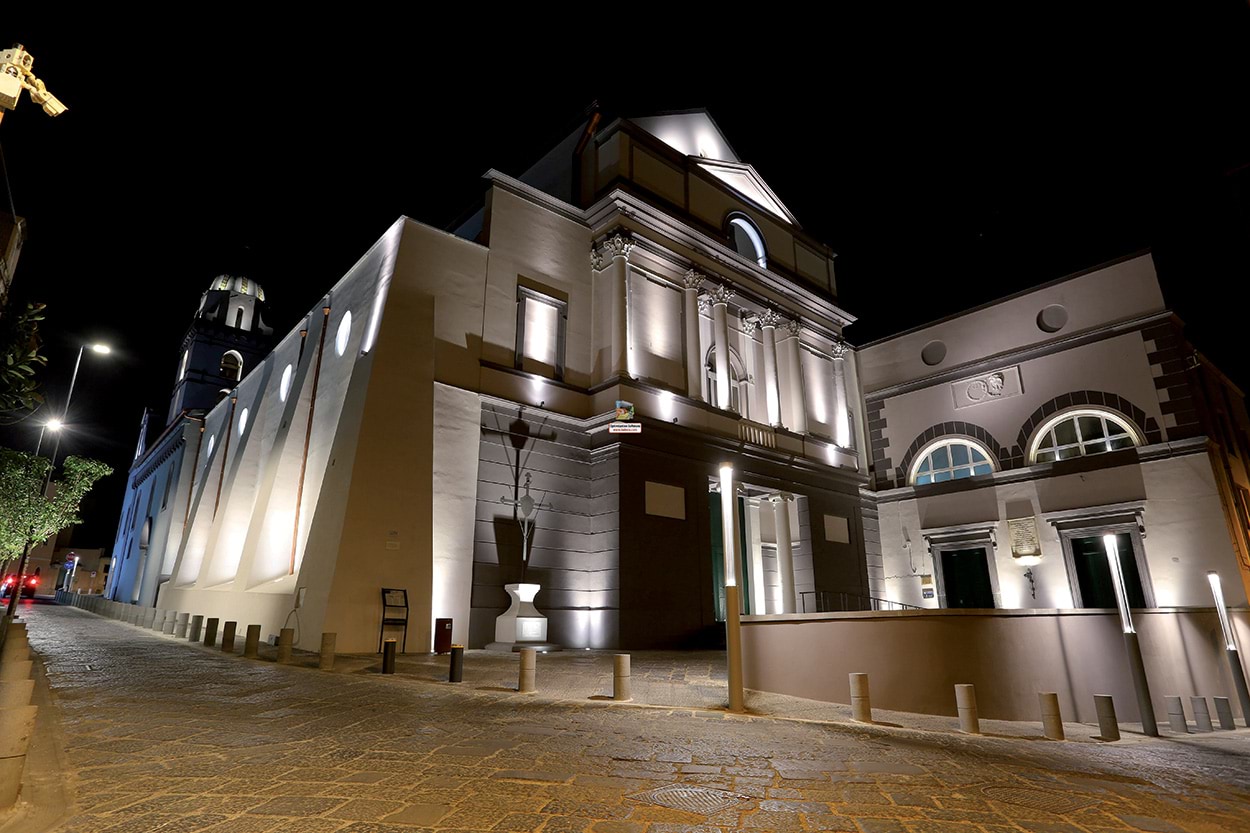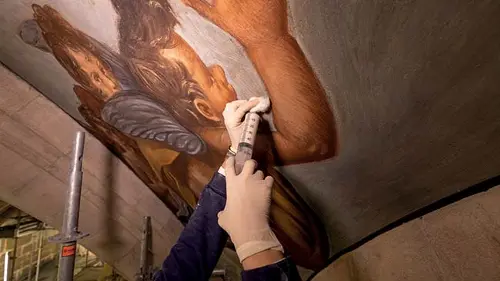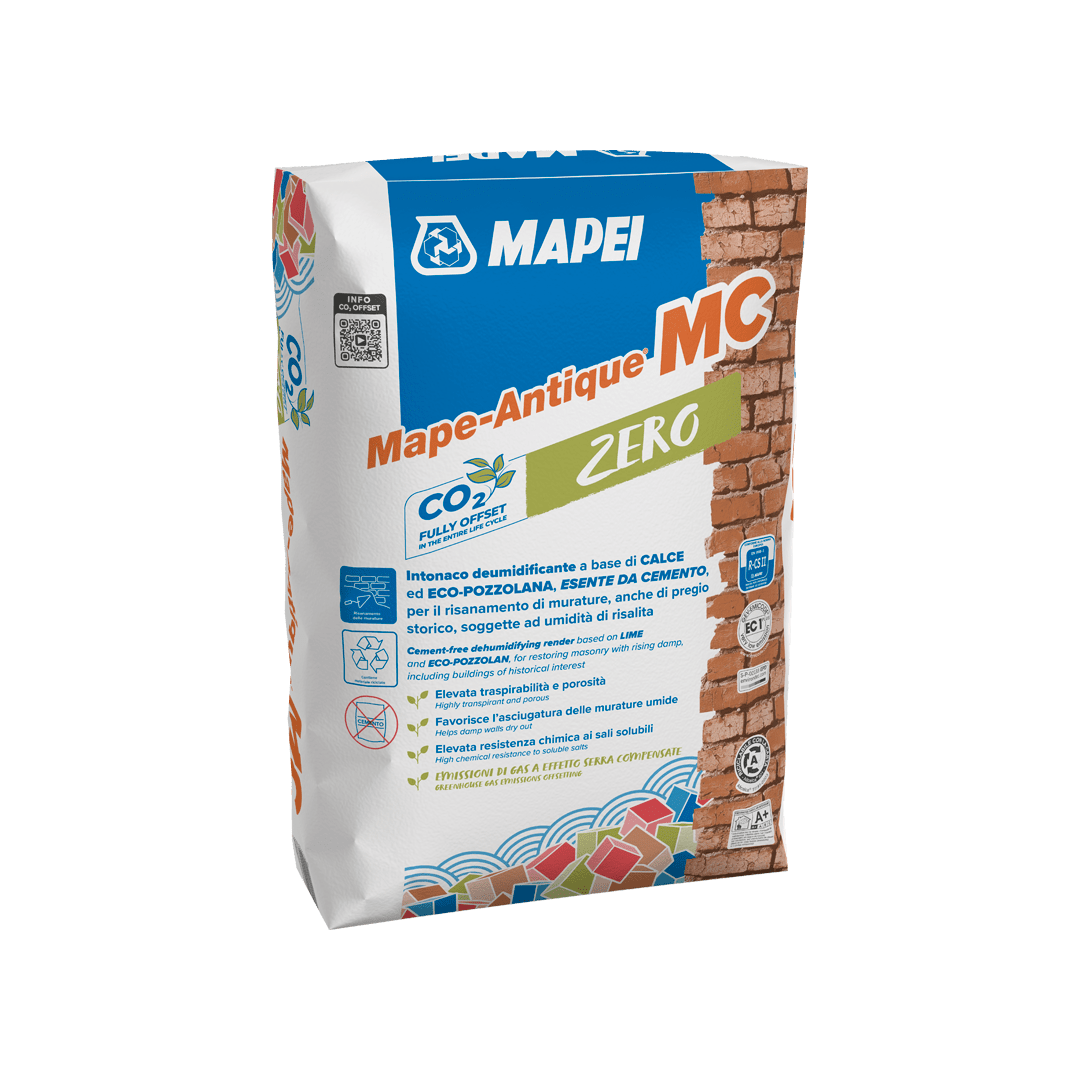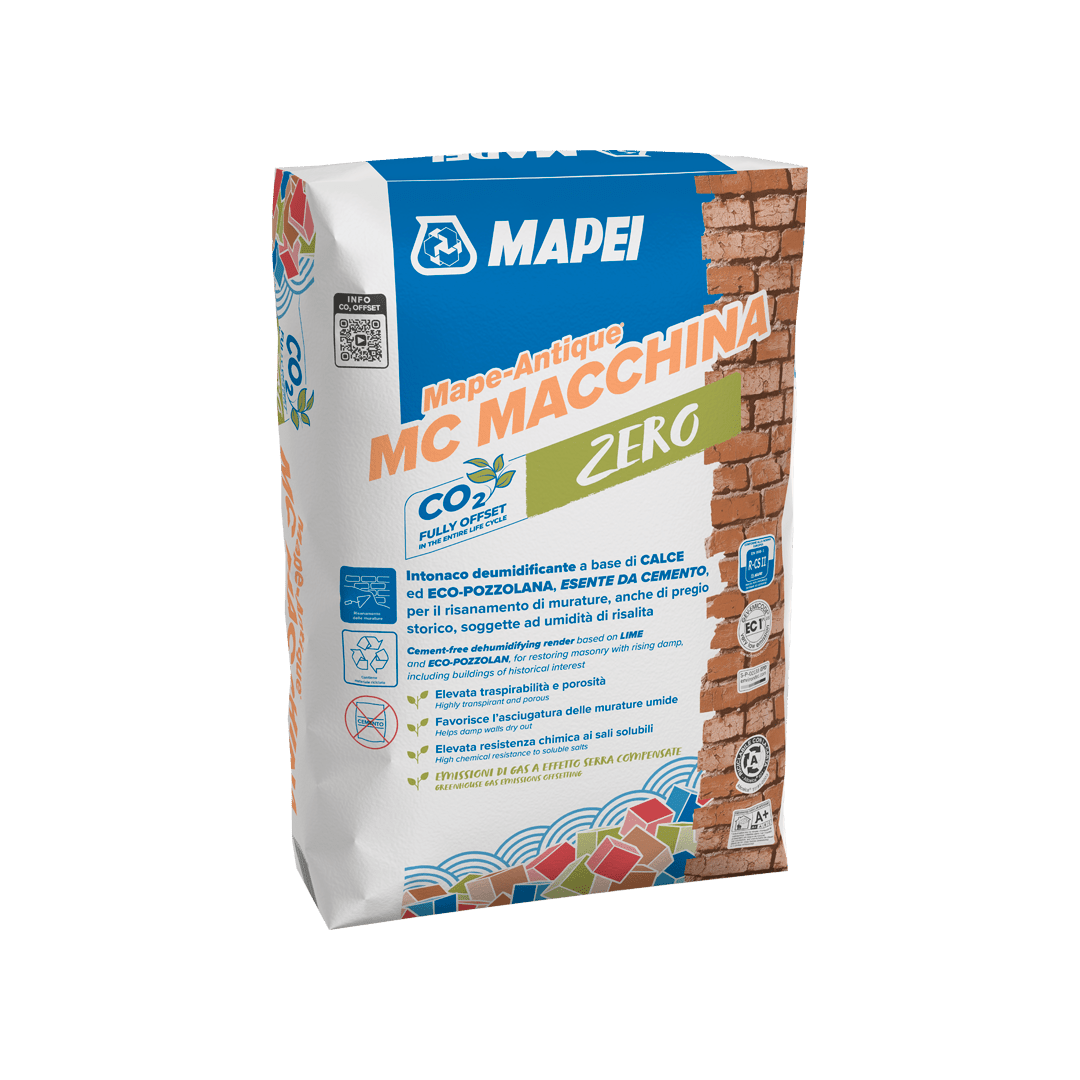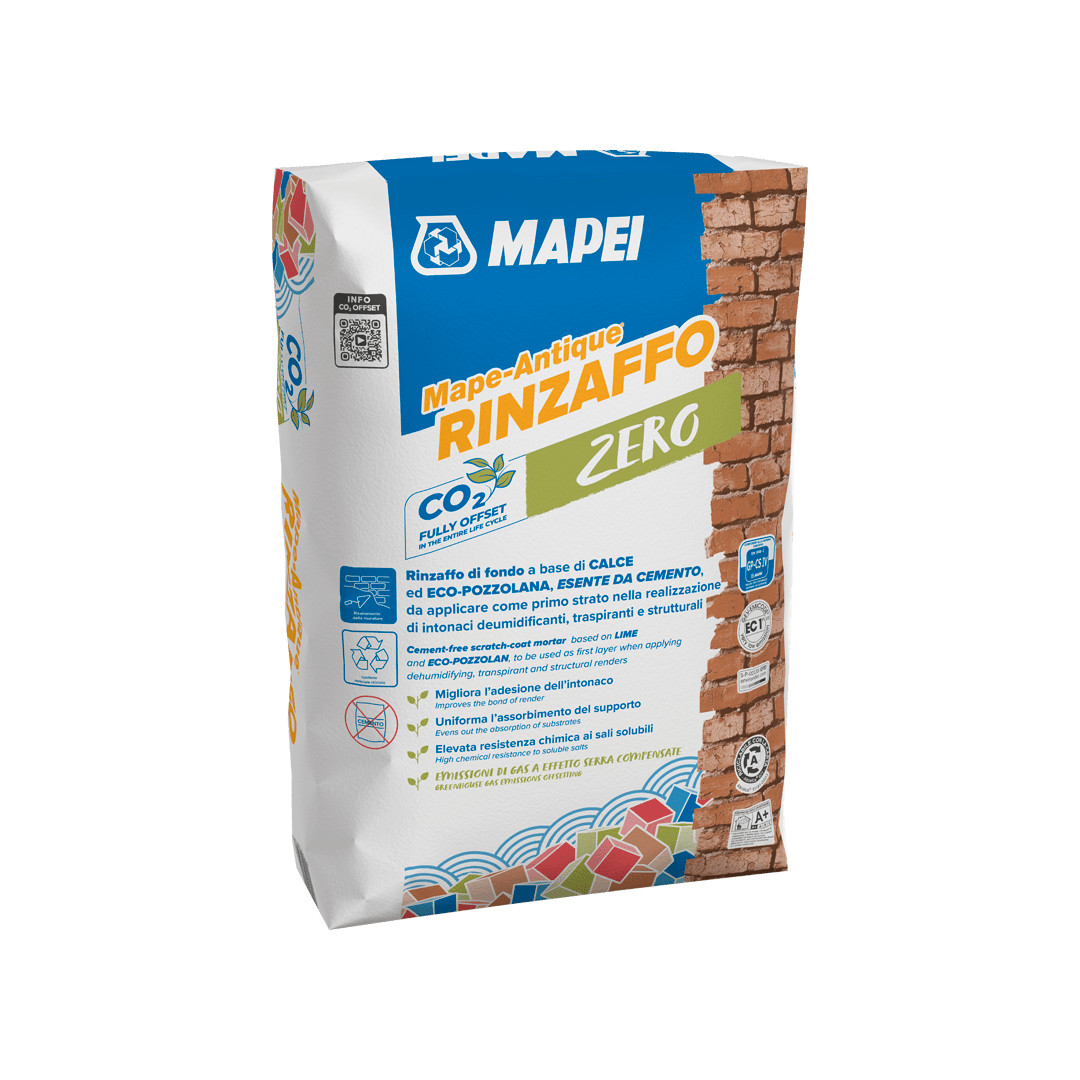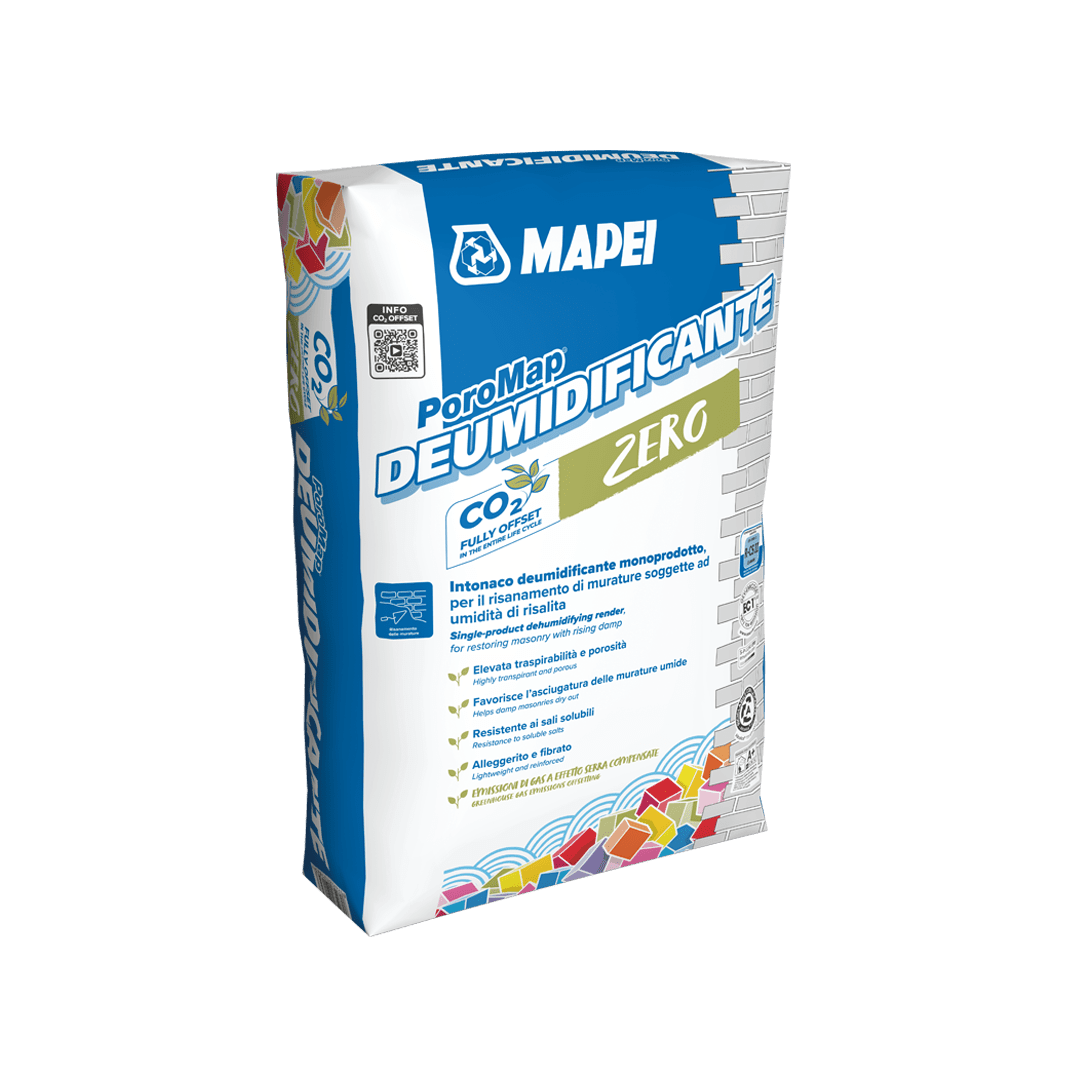A single-product for masonry renovation
The use of dehumidifying render is recommended when you need to renovate masonry deteriorated by capillary rising damp and when soluble salts, such as sulphates, chlorides and nitrates, have caused the masonry to become crumbly.
Let’s see how to use innovative PoroMap Deumidificante, an all-in-one product for repairing masonry walls.
Poromap Deumidificante: characteristics and fields of application.
Which are the renders to be used to restore masonry with rising damp?
To renovate masonry damaged by capillary rising damp one method is to apply a dehumidifying system. Mapei have developed two different systems:
• Traditional system: this includes a product to create a scratch-coat (MAPE-ANTIQUE RINZAFFO or MAPE-ANTIQUE ECO RINZAFFO) and a product for the render (MAPE-ANTIQUE MC or MAPE-ANTIQUE MC MACCHINA or MAPE-ANTIQUE ECO RISANA).
• Single product/single layer system: this is made up of a single product (POROMAP DEUMIDIFICANTE) which can be used to form the complete restoration system.
Whichever system you decide to use, the work must always be completed by applying suitable coatings and paints that do not prevent any moisture in the masonry from evaporating off.
What are the main characteristics of Mapei dehumidifying renders and of the single-product system in particular?
Mapei dehumidifying systems are based on three main characteristics: macroporosity, which encourages the moisture contained in the masonry to evaporate off, resistance to salts, so that any intervention carried out is more durable, and compatibility with the chemical-physical characteristics and performances of the masonry on which the system is applied.
And with the Mapei single product system, it is possible to have a complete restoration system by using just a single product, POROMAP DEUMIDIFICANTE.
POROMAP DEUMIDIFICANTE is a ready-mixed, powdered mortar used to make macro-porous, insulating and dehumidifying render made from special Pozzolan-reaction, hydraulic binders resistant to soluble salts, natural sand, lightweight aggregates and special additives. It has very low emission of volatile organic compounds (EMICODE EC1 R Plus).
The main characteristics and benefits of this product are:
• single product applied in a single layer;
• lightweight with fibre fillers;
• ideal for all types of masonry;
• particularly high breathability and porosity;
• it may be prepared with a hand mixer;
• suitable for both internal and external use.
What are the main steps when using a single product dehumidifying render?
1. Remove all the damaged render with either hand tools or power tools to a level of at least 50 cm above the damaged area and, in all cases, to a height of at least twice the thickness of the wall. Also, remove any traces of loose or crumbling material, dust, mould and any other material which could affect the adhesion of PoroMap DEUMIDIFICANTE until the substrate is clean, sound and compact.
2. Clean the masonry with low-pressure water jets to remove any efflorescence or salts present on the masonry. Repeat this operation several times if necessary.
3. Any gaps or uneven areas in the masonry must be repaired by patching or tacking them with one of the mortars from the MAPE-ANTIQUE line and pieces of stone, brick or tuff with characteristics as similar as possible to the original material.
4. Saturate the substrate with water to prevent it drawing off water from the mortar, which could affect its final performance characteristics. Any excess water must be left to evaporate off, so that the masonry is saturated and the surface is dry (s.s.d. condition). Compressed air may be used to speed up this process. If the substrate cannot be saturated with water, we recommend that it is at least wetted to allow the mortars to adhere correctly.
5. Apply a layer at least 20 mm thick of POROMAP DEUMIDIFICANTE, starting from the bottom working upwards. If the thickness to be applied is more than 30 mm, POROMAP DEUMIDIFICANTE must be applied in several layers. Each layer must be applied without tamping or working the previous one.
6. After applying the mortar, wait a few minutes and level off the surface with an aluminium H-type or blade-type straight edge by going over the surface horizontally and vertically until it is flat. Remove any vertical guides, if they have been used, and fill the gaps with the same product. Finish off the surface of the render with a plastic, wooden or sponge float a few hours after the application, depending on the surrounding temperature and conditions. Never press down too firmly on the surface of POROMAP DEUMIDIFICANTE, otherwise its porosity could be reduced and, as a result, impede the evaporation of the moisture in the masonry.
7. If a finer-textured surface finish is required than the normal tamped finish of POROMAP DEUMIDIFICANTE, apply a layer of POROMAP FINITURA CIVILE or POROMAP FINITURA GRANELLO, depending on the required type of finish.
8. Paint the render with a silicate-based product (SILEXCOLOR Line) or a siloxane-based product (SILANCOLOR Line).
When should you opt for a single product system rather than a traditional system?
It is preferable to use the Mapei single product system rather than a traditional system particularly when you require a restoration system that is easier and quicker to apply, but at the same guarantees that the finished render will have the level of macro-porosity and resistance to salts mentioned previously.






